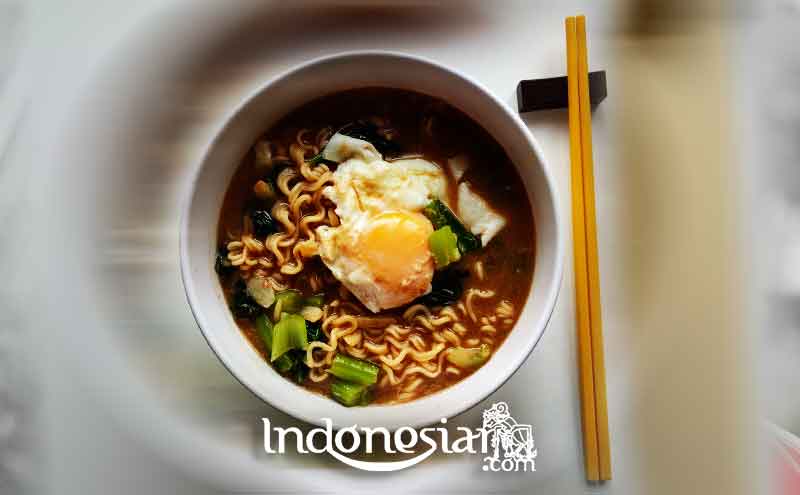Indonesia has a variety of delicious culinary delights. This country, with a population of around 267 million, has various types of satay, such as satay madura, satay padang, and satay tegal. Not only different in terms of spices and flavors, the basic ingredients of satai also vary from fish, chicken, goat, to beef. Almost every region in the country has a special satai dish.
One of them is on the island of Lombok, West Nusa Tenggara (NTB). His name is Satai Bulayak. The dish is made from beef, although not a few also serve chicken or beef offal. At first glance, Sate Bulayak is similar to satay in general. However, the uniqueness of this snack lies in the bulayak that accompanies the presentation of the satai. The name bulayak is taken from the language of the Sasak tribe, which means lontong.
Unlike other satai lontong which is wrapped in banana leaves, the bulayak is wrapped in twisted coconut, palm, or sago leaves and then tied with a rope made of bamboo slices. The leaves are wrapped in a spiral with the aim that when opened, the seeds open in a circular manner so that it is easy to eat.
Bulayak size is smaller than rice cake in general, only longer, about 10 centimeters. Not only does the texture of the bulayak feel soft, but the distinctive aroma of palm or coconut leaves gives it its own uniqueness.
The peanut sauce served on this satai is also different from the peanut sauce that is commonly found in satai. The peanut sauce here is made from peanuts that have been roasted and then ground. Then puree and fry with other spices, such as coriander, cumin, shallots and garlic, galangal, laos, shrimp paste, and chili. The spices are then boiled with coconut milk until thickened.
The combination of these spices produces a pale reddish yellow color and produces a spicy taste to eat. At first glance, the taste of Satai Bulayak’s spices are similar to curry. It tastes delicious, especially when added with orange juice and slices of cayenne pepper which are provided in one plate.
The size of the satay meat is smaller than regular satai and before grilling it is boiled first so that the satay cooks quickly and keeps the meat tender. The meat that is ready to burn first is covered with natural seasonings of Sasak herbs.
The seasoning is in the form of coconut milk and pieces of chili and tamarind fruit from Sumbawa. Then the satai which had been smeared was immediately burned. A fan of satai smoke immediately spreads its delicious aroma to all directions.
The price is affordable
One serving of satai bulayak contains 10 to 15 sticks plus slices of cayenne pepper and squeezed orange. There are six batches of satai provided to accompany them. To enjoy this satai, it is enough to open the palm leaves that are wrapped around the bulayak, then the bulayak is dipped in peanut sauce.
The meeting between the savory bulayak and the spicy peanut sauce produces a perfect combination of flavors. This delicious food is sold at a price of around Rp. 10,000 to Rp. 15,000 per serving and is usually not enough to enjoy one portion, up to two portions because of the small size of the satay.
Initially this satai was only found in Narmada District, West Lombok, and was served when celebrating Islamic holidays. However, at this time Satai Bulayak has been sold to the public and has spread to various places, especially tourism objects and a number of other crowds. In fact, when you just leave Lombok International Airport, you can find carts and stalls selling this dish along the way.
If you are on vacation in Lombok, don’t forget to taste this unique dish because this culinary treat will not be found anywhere else. Satai bulayak is easy to find in Mataram, the capital city of NTB.
You can find this bulayak satai seller in tourist locations such as Loan Baloq, Senggigi Beach, Aiknyet Park, Udayana Park, Malomba, Sangkareang, and Suranadi. Come on, get interesting information and add insight from Indonesiar.com.


































